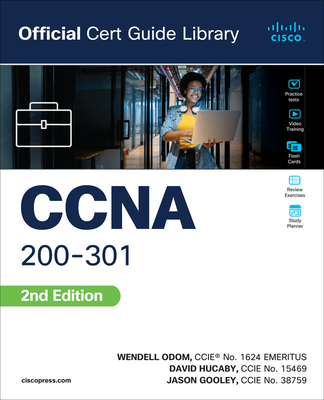10961:Automating Administration with Windows PowerShell Training in Perris
|
We offer private customized training for groups of 3 or more attendees.
|
||
Course Description |
||
| Learn how with Windows PowerShell 3.0, you can remotely manage multiple
Windows based servers and automate day to day management and
administration tasks. This five day course provides students with the
fundamental knowledge and skills to use Windows PowerShell 3.0 for
administering and automating administration of Windows based servers. It
focuses on primary Windows PowerShell command-line features and
techniques, and will provide pre-requisite skills supporting a broad
range of Microsoft products, including Windows Server, Windows Client,
Exchange Server, SharePoint Server, SQL Server, System Center, and more.
In keeping with that goal, this course will not focus on any one of
those products, although Windows Server (which is the common platform
for all of those) will serve as the example for the techniques being
taught. In this five day course you will learn to execute and monitor
scripts more efficiently through more robust session connectivity,
workflow capabilities, enhanced job scheduling, and Windows PowerShell
Web Access. Learn Windows PowerShell with greater ease through improved
cmdlet discovery and simplified, consistent syntax across all cmdlets.
Write Windows PowerShell scripts quicker and more intuitively through
the new Integrated Scripting Environment (ISE) that enables script
sharing, which connects IT pros to a larger Windows PowerShell user
community. Learn all this and more in this five-day Microsoft Offical
Course in Windows PowerShell 3.0.
Course Length: 5 Days
Course Tuition: $2250 (US) |
||
Prerequisites |
|
| Before attending this course, students must have: Previous Windows Server and Windows Client management knowledge and hands on experience. Experience Installing and Configuring Windows Server into existing enterprise environments, or as standalone installations. Knowledge and experience of network adapter configuration, basic Active Directory user administration, and basic disk configuration. Knowledge and hands on experience specifically with Windows Server 2012 and Windows 8 would be of benefit but is not essential. | |
Course Outline |
|
Module 1: Getting Started with Windows PowerShell |
Course Directory [training on all levels]
- .NET Classes
- Agile/Scrum Classes
- AI Classes
- Ajax Classes
- Android and iPhone Programming Classes
- Blaze Advisor Classes
- C Programming Classes
- C# Programming Classes
- C++ Programming Classes
- Cisco Classes
- Cloud Classes
- CompTIA Classes
- Crystal Reports Classes
- Design Patterns Classes
- DevOps Classes
- Foundations of Web Design & Web Authoring Classes
- Git, Jira, Wicket, Gradle, Tableau Classes
- IBM Classes
- Java Programming Classes
- JBoss Administration Classes
- JUnit, TDD, CPTC, Web Penetration Classes
- Linux Unix Classes
- Machine Learning Classes
- Microsoft Classes
- Microsoft Development Classes
- Microsoft SQL Server Classes
- Microsoft Team Foundation Server Classes
- Microsoft Windows Server Classes
- Oracle, MySQL, Cassandra, Hadoop Database Classes
- Perl Programming Classes
- Python Programming Classes
- Ruby Programming Classes
- Security Classes
- SharePoint Classes
- SOA Classes
- Tcl, Awk, Bash, Shell Classes
- UML Classes
- VMWare Classes
- Web Development Classes
- Web Services Classes
- Weblogic Administration Classes
- XML Classes
- Introduction to Spring 6, Spring Boot 3, and Spring REST
15 December, 2025 - 19 December, 2025 - ASP.NET Core MVC (VS2022)
24 November, 2025 - 25 November, 2025 - Object Oriented Analysis and Design Using UML
20 October, 2025 - 24 October, 2025 - Python for Scientists
8 December, 2025 - 12 December, 2025 - Fast Track to Java 17 and OO Development
8 December, 2025 - 12 December, 2025 - See our complete public course listing






